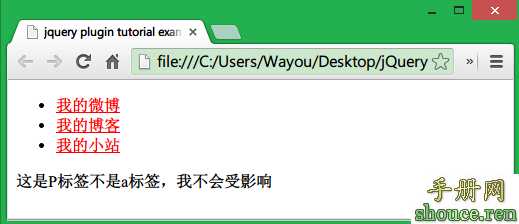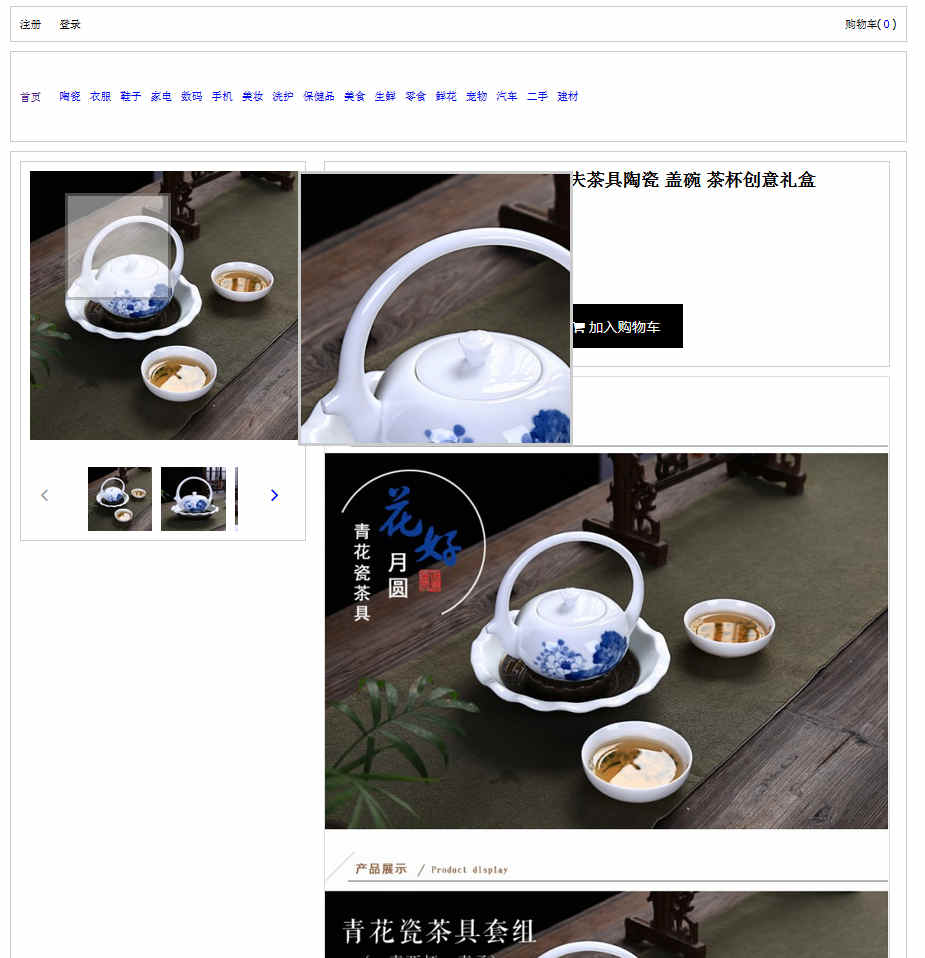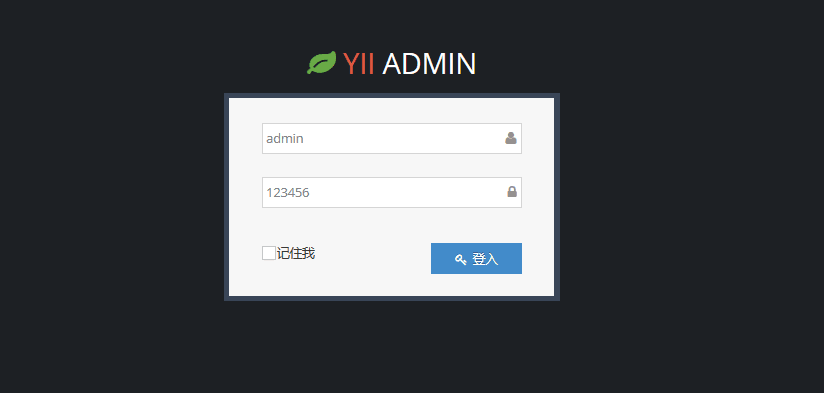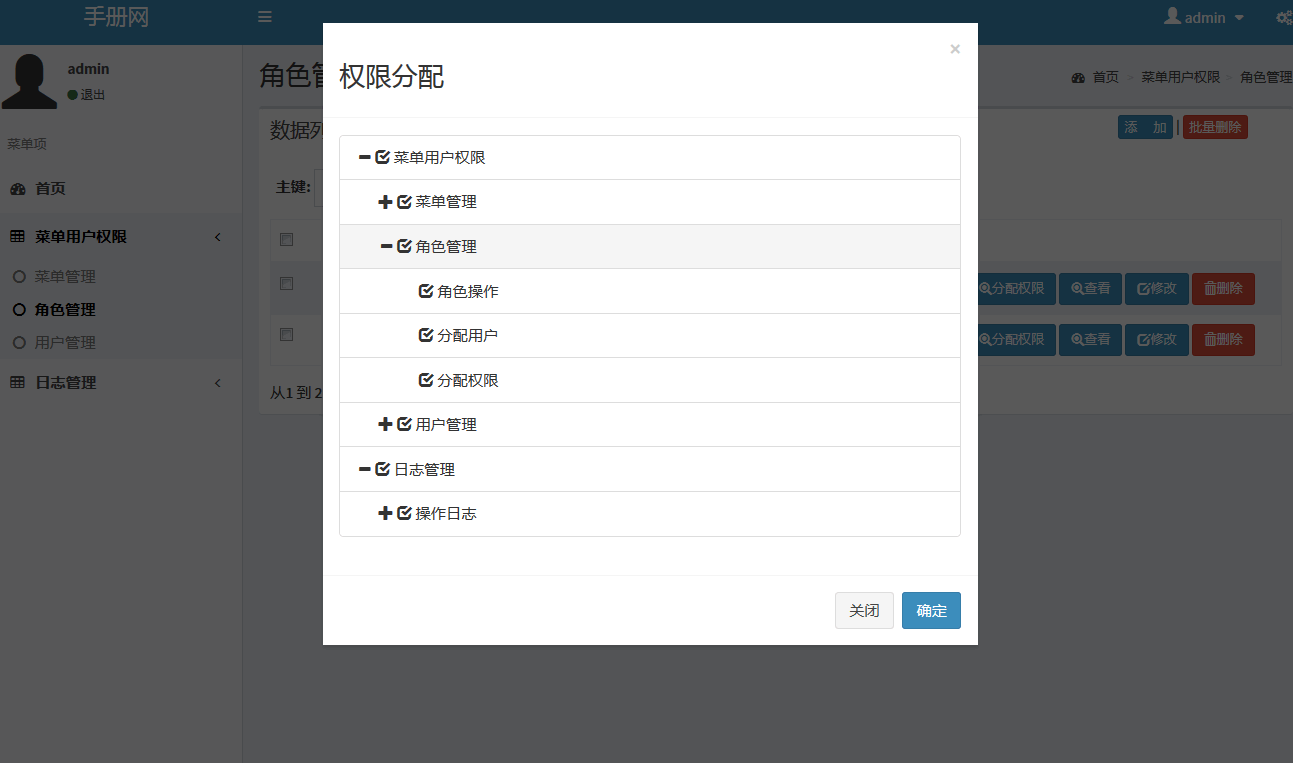Scala Specs2 测试入门教程(6): Spec2 内置的Matcher (匹配运算)
前面的两篇博客
Scala Specs2 测试入门教程(3): 测试结果Results和Scala Specs2 测试入门教程(4): 期望结果 简要介绍了Spec的预期结果,其中说明
在Specs2的Example 对象为一个文字加上任意可以转换成Result对象(org.specs2.execute.Result)的对象,它可以是:
- 一个标准测试结果(Success,failure,pending等)
- 一个Matcher(匹配)结果
- 一个布尔值
- 一个ScalaCheck属性
标准测试结果
最简单的Result值由StandardResults Trait定义,可以有如下几种值:
- success: 这个测试结果正常
- failure: 这个测试结果不满足预期
- anError: 测试出现异常
- skipped: 该测试被跳过(不满足某些条件)
- pending: 通常只这个测试用例还没实现
此外还有两种情况:
- done: 这个测试结果正常并显示 “DONE”
- todo: 测试用例还没实现显示”TODO”
其中Matcher是用来判断测试结果和预期的结果是否符合的主要方法.
本篇介绍Spec2 内置的一些Matcher类型, 它可以分为比较,选项, 字符串比较,数字比较,捕获异常等种类:
Equality
比较,该类最常用的Matcher为 beEqualTo来测试是否相等
| Matcher | 描述 |
|---|---|
1 must beEqualTo(1) |
the normal way |
1 must be_==(1) |
with a shorter matcher |
1 must_==1 |
my favorite! |
1 mustEqual 1 |
if you dislike underscores |
1 should_==1 |
for should lovers |
1===1 |
the ultimate shortcut |
1 must be equalTo(1) |
with a literate style |
| 否定形式 |
|---|
1 must not be equalTo(2) |
1 must_!=2 |
1 mustNotEqual 2 |
1 must be_!=(2) |
1!==2 |
此外还有其它形式的比较:
| Matcher | 说明 |
|---|---|
be_=== |
same as be_== but can be used with some combinators like ^^^ or toSeq because the parameter type is kept |
be_==~ |
checks if (a:A)==(b:A) when there is an implicit conversion from B (the type of b) to A (the type of a) |
beTheSameAs |
checks if a eq b (a must be(b) also works) |
beTrue, beFalse |
shortcuts for Boolean equality |
a ==== b |
similar to a === b but will not typecheck if a and b don?t have the same type |
Any
下面的Matcher可以应用到Scala的Any类型的对象。
-
beLike {case exp => ok }: to check if an object is like a given pattern (okis a predefined value,kois the opposite) -
beLike {case exp => exp must beXXX }: to check if an object is like a given pattern, and verifies a condition beNull-
beAsNullAs: when 2 objects must be null at the same time if one of them is null -
beOneOf(a, b, c): to check if an object is one of a given list -
haveClass: to check the class of an object -
haveSuperclass: to check if the class of an object as another class as one of its ancestors -
haveInterface: to check if an object is implementing a given interface -
beAssignableFrom: to check if a class is assignable from another -
beAnInstanceOf[T]: to check if an object is an instance of typeT
Option/Either
下面的Matcher用来检查Option和Either类型:
-
beSomechecks if an element isSome(_) -
beSome(exp)checks if an element isSome(exp) -
beSome(matcher)checks if an element isSome(a)whereasatisfies the matcher -
beSome(function: A =>AsResult[B])checks if an element isSome(a)wherefunction(a)returns a successfulResult
(note that aSeq[A]is also a functionInt=> Aso if you want to check that a sequence is contained inSomeyou need to use a matcher:beSome(===(Seq(1))) -
beSome.which(function)checks if an element isSome(_) and satisfies a function returning a boolean -
beSome.like(partial function)checks if an element isSome(_)and satisfies a partial function returning aMatchResult -
beNonechecks if an element isNone -
beAsNoneAschecks if 2 values are equal toNoneat the same time -
beRightchecks if an element isRight(_) -
beRight(exp)checks if an element is `Right(exp) -
beRight(matcher)checks if an element isRight(a)whereasatisfies the matcher -
beRight(function: A =>AsResult[B])checks if an element isRight(a)wherefunction(a)returns a successfulResult
(note that aSeq[A]is also a functionInt=> Aso if you want to check that a sequence is contained inRightyou need to use a matcher:beRight(===(Seq(1))) -
beRight.like(partial function)checks if an element isRight(_)and satisfies a partial function returning aMatchResult -
beLeftchecks if an element isLeft(_) -
beLeft(exp)checks if an element isLeft(exp) -
beLeft(matcher)checks if an element isLeft(a)whereasatisfies the matcher -
beLeft(function: A =>AsResult[B])checks if an element isLeft(a)wherefunction(a)returns a successfulResult
(note that aSeq[A]is also a functionInt=> Aso if you want to check that a sequence is contained inLeftyou need to use a matcher:beLeft(===(Seq(1))) -
beLeft.like(partial function)checks if an element isLeft(_)and satisfies a partial function returning aMatchResult
Try
下面用来测试Try类型对象:
-
beSuccessfulTrychecks if an element isSuccess(_) -
beSuccessfulTry.withValue(exp)checks if an element isSuccess(_) -
beSuccessfulTry.withValue(matcher)checks if an element isSuccess(a)whereasatisfies the matcher -
beSuccessfulTry.withValue(function: A =>AsResult[B])checks if an element isSuccess(a)wherefunction(a)returns a successfulResult
(note that aSeq[A]is also a functionInt=> Aso if you want to check that a sequence is contained inSuccessyou need to use a matcher:beSuccessfulTry.withValue(===(Seq(1))) -
beSuccessfulTry.which(function)checks if an element isSuccess(_)and satisfies a function returning a boolean -
beSuccessfulTry.like(partial function)checks if an element isSuccess(_)and satisfies a partial function returning aMatchResult -
beFailedTrychecks if an element isFailure(_) -
beFailedTry.withThrowable[T]checks if an element isFailure(t: T) -
beFailedTry.withThrowable[T](pattern)checks if an element isFailure(t: T)andt.getMessagematchespattern
String
匹配字符串非常常见,下面为字符串匹配:
-
beMatching(orbe matching) checks if a string matches a regular expression -
=~(s)is a shortcut forbeMatching("(.|\\s)*"+s+"(.|\\s)*") -
find(exp).withGroups(a, b, c)checks if some groups are found in a string -
have lengthchecks the length of a string -
have sizechecks the size of a string (seen as anIterable[Char]) -
be emptychecks if a string is empty -
beEqualTo(b).ignoreCasechecks if 2 strings are equal regardless of casing -
beEqualTo(b).ignoreSpacechecks if 2 strings are equal when youreplaceAll("\\s","") -
beEqualTo(b).trimmedchecks if 2 strings are equal when trimmed -
beEqualTo(b).ignoreSpace.ignoreCaseyou can compose them -
contain(b)checks if a string contains another one -
startWith(b)checks if a string starts with another one -
endWith(b)checks if a string ends with another one
Numeric
下面的用来测试数值:
-
beLessThanOrEqualTocompares any Ordered type with<=1 must be_<=(2)1 must beLessThanOrEqualTo(2) -
beLessThancompares any Ordered type with<1 must be_<(2)1 must beLessThan(2) -
beGreaterThanOrEqualTocompares any Ordered type with>=2 must be_>=(1)2 must beGreaterThanOrEqualTo(1) -
beGreaterThancompares any Ordered type with>2 must be_>(1)2 must beGreaterThan(1) -
beCloseTochecks if 2 Numerics are close to each other1.0 must beCloseTo(1,0.5)4 must be ~(5+/- 2) -
beBetweenchecks if a value is between 2 others5 must beBetween(3,6)5 must beBetween(3,6).excludingEnd5 must beBetween(4,6).excludingStart5 must beBetween(4,6).excludingBounds// with brackets notation5 must (be[(4,7)])
Exception
下面用来检测是否抛出异常:
-
throwA[ExceptionType]checks if a block of code throws an exception of the given type -
throwA[ExceptionType](message ="boom")additionally checks if the exception message is as expected -
throwA(exception)orthrowAn(exception)checks if a block of code throws an exception of the same type, with the
same message -
throwA[ExceptionType].like {case e => e must matchSomething }orthrowA(exception).like {case e => e must matchSomething }allow to verify that the thrown exception satisfies a property -
throwA[ExceptionType](me.like {case e => e must matchSomething }orthrowA(exception).like {case e => e must matchSomething }allow to verify that the thrown exception satisfies a property
Traversable
下面的Matcher用来检查Traversables对象类型:
If you want to check the size of a Traversable
- to check if it is empty
Seq() must be emptySeq(1,2,3) must not be empty - to check its size
Seq(1,2) must have size(2)Seq(1,2) must have length(2)// equivalent to size - to check its ordering (works with any type
Twhich has anOrdering)Seq(1,2,3) must beSorted
Then you can check the elements which are contained in the Traversable
- if a simple value is contained
Seq(1,2,3) must contain(2) - if a value matching a specific matcher is contained
Seq(1,2,3) must contain(be_>=(2)) - if a value passing a function returning a
Resultis contained (MatchResult, ScalaCheckProp,?)Seq(1,2,3) must contain((i:Int)=> i must be_>=(2)) - note that a
Seq[A]is also a functionInt=> Aso if you want to check that a sequence is contained in another you need to use a matcherSeq(Seq(1)) must contain(===(Seq(1))) - there are also 2 specialized matchers to check the string representation of the elements
Seq(1234,6237) must containMatch("23")// matches with ".*23.*"Seq(1234,6234) must containPattern(".*234")// matches with !.*234"
For each of the checks above you can indicate how many times the check should be satisfied:
-
Seq(1,2,3) must contain(be_>(0)).forall// this will stop after the first failure -
Seq(1,2,3) must contain(be_>(0)).foreach// this will report all failures Seq(1,2,3) must contain(be_>(0)).atLeastOnceSeq(1,2,3) must contain(be_>(2)).atMostOnceSeq(1,2,3) must contain(be_>(2)).exactly(1.times)Seq(1,2,3) must contain(be_>(2)).exactly(1)Seq(1,2,3) must contain(be_>(1)).between(1.times,2.times)Seq(1,2,3) must contain(be_>(1)).between(1,2)
The other types of checks involve comparing the Traversable elements to other elements (values, matchers, function returning a Result)
- with a set of values
Seq(1,2,3,4) must contain(2,4)
which is the same thing asSeq(1,2,3,4) must contain(allOf(2,4)) - with a set of matchers
Seq(1,2,3,4) must contain(allOf(be_>(0), be_>(1))) - checking that the order is satisfied
Seq(1,2,3,4) must contain(allOf(be_>(0), be_>(1)).inOrder)
Note that allOf tries to make each check at least successful once, even if that on the same value. If, on the other hand, you want to specify that each check must succeed on a differentvalue you should use onDistinctValues. For example this will fail:Seq(1) must contain(allOf(1,1)).onDistinctValues
The eachOf method does the same thing (and this example will fail as well):Seq(1) must contain(eachOf(1,1))
Another frequent use of Traversable matchers is to check if the Traversable have the right number of elements. For this you can use:
-
atLeast, which is actually another name forallOf, where the traversable can contain more elements than requiredSeq(1,2,3,4) must contain(atLeast(2,4)) -
atMostwhere the traversable can not contain more elements than requiredSeq(2,3) must contain(atMost(2,3,4)) -
exactlywhere the traversable must contain exactly the specified number of elementsSeq(1,2) must contain(exactly(2,1))
The atLeast/atMost/exactly operators work on distinct values by default (because this is easier for counting the correspondance between actual values and expected ones). However you can use onDistinctValues(false) if you don?t care.
Finally, if you want to get the differences between 2 traversables:
Seq(2,4,1) must containTheSameElementsAs(Seq(1,4,2))
Map
下面为检查Map类型的对象:
-
haveKeychecks if a Map has a given keyMap(1->"1") must haveKey(1) -
haveKeyschecks if a Map has several keysMap(1->"1",2->"2") must haveKeys(1,2) -
haveValuechecks if a Map has a given valueMap(1->"1") must haveValue("1") -
haveValueschecks if a Map has several valuesMap(1->"1",2->"2") must haveValue("1","2") -
havePairchecks if a Map has a given pair of valuesMap(1->"1") must havePair(1->"1") -
havePairschecks if a Map has some pairs of valuesMap(1->"1",2->"2",3->"3") must havePairs(1->"1",2->"2")
But Maps are also Partial Functions, so:
-
beDefinedAtchecks if a PartialFunction is defined for a given valuepartial must beDefinedAt(1) -
beDefinedBychecks if a PartialFunction is defined for a given value
and returns another onepartialmust beDefinedBy(1 -> true)
这些内置的Matcher具有下面的特点:
- 这些Matcher的一般形式为 a must matcher
- 你可以使用should代替must
- 对于大部分的Matcher来说,如果使用be,have时,be和have 可以省略
- 你可以在Matcher前后使用not来反向匹配
比如
def e1 = "Hello world" must be size(11) def e1 = "Hello world" must have size(11) def e1 = "Hello world" must size(11)
是等效的。














